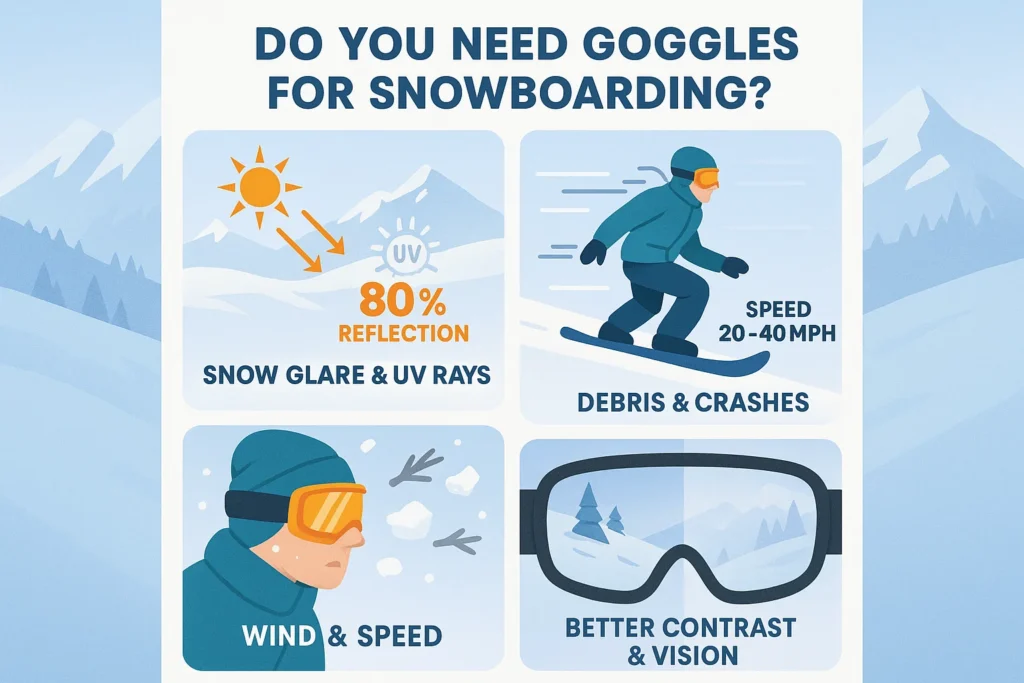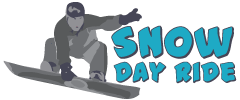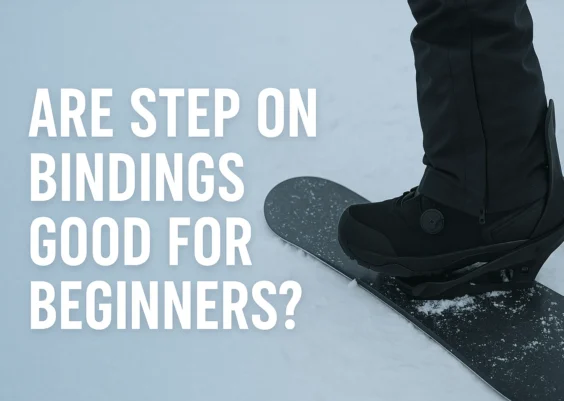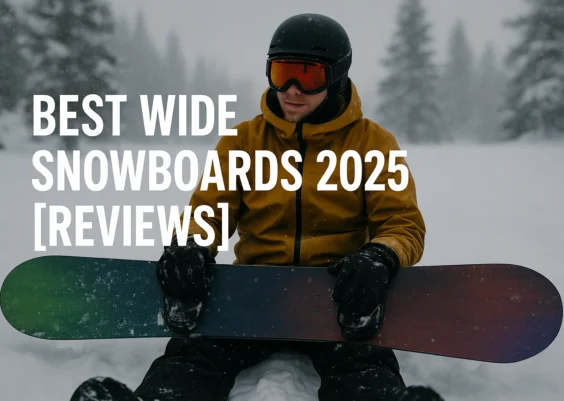Last updated on September 13th, 2025 at 09:47 am
Key Takeaways
- Goggles protect your eyes from snow glare, wind, and UV rays.
- Riding without goggles increases risks like blurred vision, debris, and snow blindness.
- You can wear prescription glasses under many snowboard goggles.
- Lens type, fit, and anti-fog features are key when choosing goggles.
You packed all of your snowboarding gears and thinking that do you need goggles for snowboarding?
Snowboarding goggles are like the windshield for your eyes. They shield your eyes from blinding snow glare, icy winds, and harmful UV rays, all while keeping your vision sharp on the slopes. Without them, you face discomfort, higher risk of accidents, and even long-term eye damage.
Whether you are stepping onto your first run or charging down advanced terrain, the right goggles will keep you riding longer, safer, and with more confidence.
Do You Need Goggles for Snowboarding?

Yes. Snowboarding without goggles is like driving without a windshield – uncomfortable and unsafe. Goggles protect your eyes, improve visibility, and help you perform at your best.
- Snow glare and UV rays: Snow reflects up to 80% of UV radiation, nearly doubling exposure compared to flat ground. At high altitudes, UV intensity increases by 10–12% for every 1,000 meters climbed. Without goggles, you risk snow blindness, which can cause temporary vision loss lasting 24–48 hours.
- Wind and speed: Average snowboarders hit 20–40 mph on groomed runs. At those speeds, cold air makes your eyes tear instantly, blurring vision. Goggles create a seal that blocks wind and helps you stay focused.
- Debris and crashes: Falling ice, branches, or snow spray from other riders can easily hit your eyes. The American Academy of Ophthalmology reports over 40,000 sports-related eye injuries treated in U.S. ERs each year, with snow sports among the causes. Goggles drastically cut that risk.
- Better contrast: Lenses with the right tint enhance depth perception, letting you spot bumps, shadows, or icy patches in time to react. Poor visibility is one of the leading contributors to slope accidents.
Tips for safer rides:
- Always choose lenses with 100% UV protection, even on cloudy days.
- Carry two lenses – dark or mirrored for sun, clear or light tint for night or fog.
- Pick goggles with anti-fog tech like double lenses and venting.
- Test the fit with your helmet. Gaps let in cold air and reduce protection.
Can I Use My Prescription Glasses Under Snowboard Goggles?
Yes. Many snowboard goggles are built to fit over glasses. These are called OTG (Over-The-Glasses) goggles.
Look for these features if you wear glasses:
- OTG label: Ensures extra room inside the frame.
- Foam cut-outs: Allow space for glasses arms without pressure.
- Anti-fog coating: Reduces condensation on both the lens and your glasses.
If regular glasses still feel uncomfortable, consider prescription goggle inserts. These small optical lenses snap inside the goggle frame, giving you clear vision without wearing glasses directly.
How to Choose the Best Snowboard Goggles?
Picking the right goggles makes a big difference in comfort and safety. Poor-quality goggles fog up, distort vision, and make it harder to read the terrain.
Here’s what to check when buying:
| Feature | What It Means | Best For | Tips |
|---|---|---|---|
| Lens Tint / VLT (Visible Light Transmission) | Percentage of light that passes through the lens. Lower = darker. | 10–20% VLT: Sunny days. 20–40% VLT: Mixed weather. 60–90% VLT: Night/overcast. | Carry two lenses or pick photochromic lenses for all conditions. |
| Lens Shape | Curve of the lens. | Cylindrical: Cheaper, flat look. Spherical: Wider view, less distortion. Toric: Natural vision, premium choice. | Spherical or toric lenses give sharper clarity. |
| UV Protection | Blocks harmful rays. | All riding conditions. | Always confirm 100% UV protection, not just “UV resistant.” |
| Anti-Fog Tech | Coatings, double lenses, vents. | Prevents condensation. | Don’t rub the inside lens; it damages coatings. |
| Fit and Comfort | Seal around your face. | Every rider. | Try them on with your helmet before buying. |
| Interchangeable Lenses | Quick lens swaps. | Riders in changing weather. | Magnetic lenses save time but cost more. |
Extra buying tips:
- Choose mirrored or dark lenses if you ride mostly on sunny days.
- Always pack a clear lens for night riding.
- Beginners should start with mid-range goggles that have double lenses and vents.
- Test foam and straps for comfort. Pressure points can ruin a full day on the mountain.
FAQs
Do beginners really need snowboard goggles?
Yes. Goggles improve safety and comfort no matter your skill level.
Can sunglasses replace goggles?
No. Sunglasses fog quickly, slip under helmets, and leave eyes exposed.
What is the best way to stop fogging?
Keep vents clear, use anti-fog coated lenses, and never wipe the inside lens.
How long do snowboard goggles last?
Good goggles last 3–5 seasons. Replace them if the foam breaks or coatings wear out.
How do I clean snowboard goggles?
Use the microfiber bag provided. Gently dab, never rub. Avoid tissues or clothing.
Can I store goggles in my gear bag?
Only in a protective case. Loose storage risks scratches and crushed foam.
Are polarized lenses worth it?
Yes, for bright days. They cut glare by up to 50%. Swap them out in flat light.
Can I wear contacts under goggles?
Yes. Contacts work well because goggles block wind and reduce dryness.
Do you need goggles for snowboarding? Absolutely. Riding without them limits your performance and raises the chance of accidents. The right pair, with proper fit and lenses suited to your conditions, makes snowboarding safer and more enjoyable. Before you head out, check your board, boots, and helmet, but never skip your goggles.




